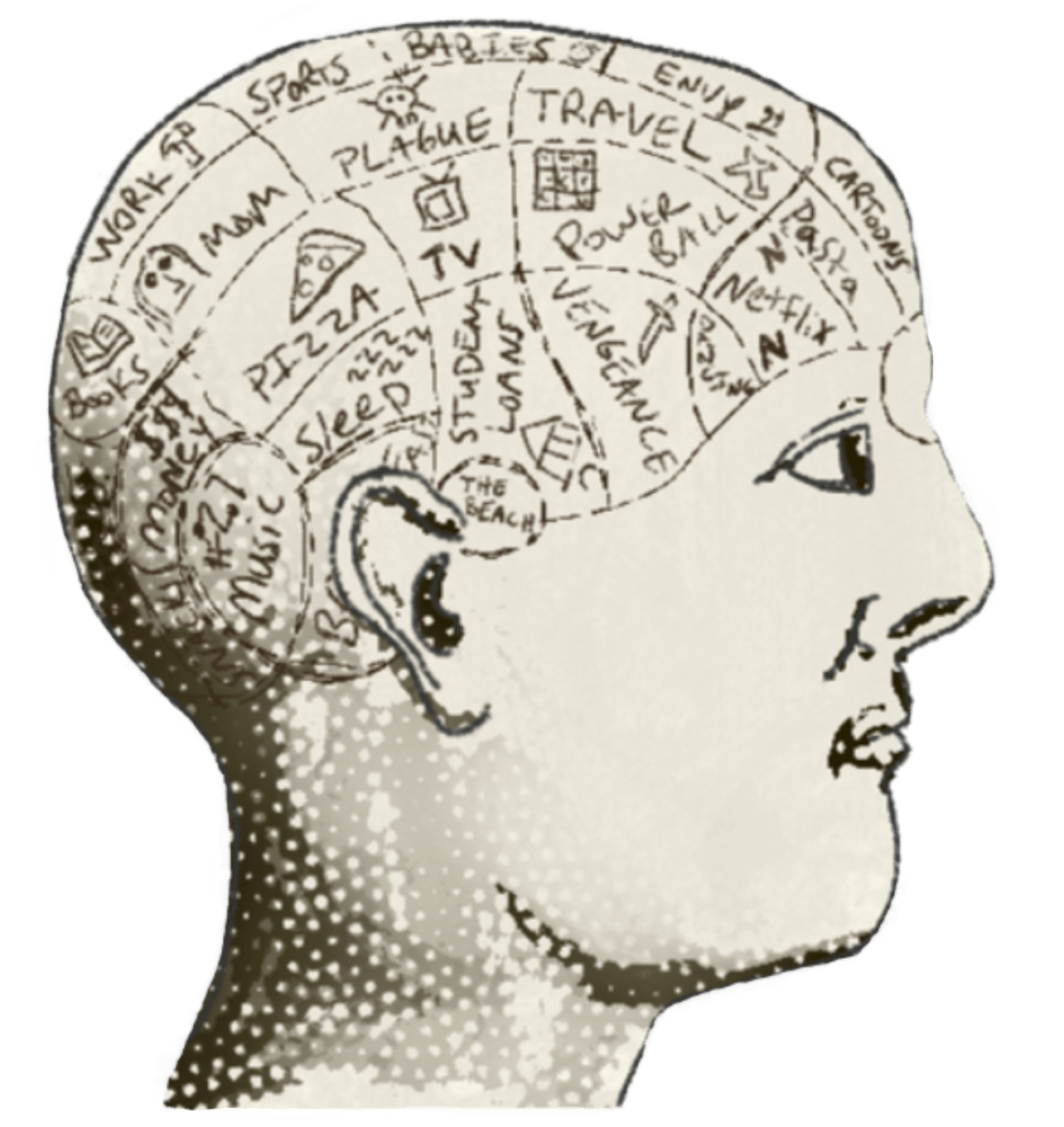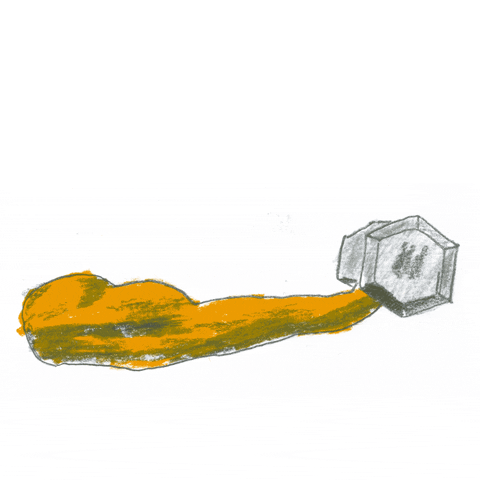Permission is a muscle
This week, we’re wrapping up our time in Odyssey Works’ Experience Design Project Incubator — A 14-week course that we joined so we could learn from some brilliant designers and develop labs that will support MAP Community members’ efforts to reimagine how cultural organizations can support their audiences.
As we learned from participants and experts in the incubator, and as we listened to what community members value about the community today, we decided we wanted to create a structure that would support “permissions”. For example (pasted verbatim from one of our working docs):
Permission to be curious
Permission to look in unexpected places, looking for principles that can be pulled from one context to the other
Permission to abandon your own objections, proceed in spite of doubt
Permission to play
Permission to challenge authority
Permission to displease, to fail
Permission to imagine
Permission to reframe, change the conversation, pivot, etc.
Permission to emote
Why does permission matter?
We all work within constraints. Constraints are valuable — not least because they enable creativity.
Museum professionals, though, are often constrained in persistent, similar ways. Entrenched departmental divisions resist experimentation, and a scarcity mindset can be pervasive.
Within The MAP Community — and especially within Community Labs — we want to give people a sense of what it’s like to work under different constraints.
We don’t want to try to remove all constraints. If you’re like me (Kyle), you flirted with anarchy in high school but quickly got bored — Remember, constraints are what fuel creativity.
Imagination does not become greatuntil human beings, given the courageand the strength,use it to create.— Maria Montessori
So, how can we create an environment that fosters different constraints and helps give people a sense that they have these new permissions?
Formula
I (Kyle) tend to think mechanically sometimes, so what if we put the pieces together into a formula:
Now, I’ll hand it off to Isabella to share more about our first lab, which is focused on cultivating participants’ imaginations.
Permission to imagine
Isabella here! This first lab is really about trying to get in touch with something that we, as grown adults, don’t think is for us — Imagination. This is especially the case in the museum field, where our work is very serious. And, since our work is very serious, we wind up feeling that we, as museum people, should also be very serious.
I think the ability to imagine, to play, is a part of being human. It's part of having hope and knowing that the world can be something different than it has been in the past. We need imagination now, more than ever.
This lab is an opportunity for those of us who are interested in the power of imagination to dive in.
Imagination is a lifeline, it is an extension of the resilience of the human spirit.— Ytasha Womack
Over the course of two months, we’ll meet each week to practice, train, nurture our imaginations together. With light reading, a podcast or two and a few videos, we'll be learning from people who know a lot more than I do about imagination. We'll also be talking to people around us about imagination, whether that's family members or friends, neighbors or colleagues. (Kids, too. They are our subject-matter experts.)
We're going to explore the wide world of the fantastical and playful, so that we can be more in tune with our own imaginations. The specific weekly themes will be individual imagining and collective imagining, fantastical and serious imagining, playful and persuasive imagining.
[Kyle here — What Isabella isn’t telling you is that there’s a surprising narrative that— Oh, sh*t, I’m not supposed to talk about this, but I’m the newsletter editor, so I at least get to *allude* to the weirdness to come.]
As I was saying, the one thing I ask is that you come into this course with a specific intention about where you want more imagination in your museum practice.
With this intention in mind as you go through the course, we can be evaluating and discussing how these different tools and frameworks might serve you, how people nurture imagination in their own life and how that can inspire you, so that by the end of the course, you have a really clear idea of how you will bring new tools and imagination into your area of intent.
By the end of our time together, you’ll be connected to your innate imagination and how to feed it. I can’t promise transformation, that’s a different course offered somewhere else, but you'll definitely be more confident, excited, and tapped into how to foster imagination in your museum practice. Post-course, we will continue to support each other, which is a benefit of this course existing within the MAP community.
We’ll be talking more about our experience in The Experience Design Incubator and how it’s informing our roadmap for The MAP Community at our Open House next week.
Register for The MAP Open House
— Isabella and Kyle

